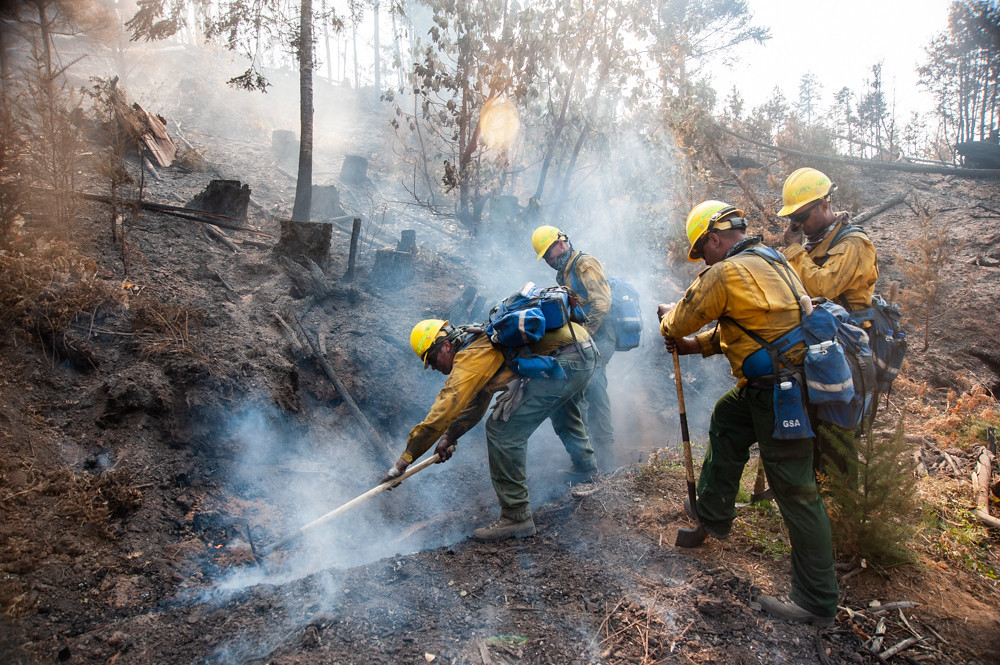Oregon’s 2020 fire season saw roughly four thousand homes burned down. I was on evacuation notice with my family for over forty-eight hours during the Almeda fire that destroyed huge sections of the city of Talent and fried the greenway to a crisp. Many of us on the west coast spent months inhaling dangerous levels of smoke and staring at a red-hazed sky. Extremely dry conditions coupled with strong winds meant that even the tiniest spark could tumble out of control, and climate change is making it worse every single year. Fire season is getting longer, hotter, harder, and closer to everyone’s doorstep. Those conditions are here to stay in the long term, so it’s more important than ever to become familiar with disasters, how they’re managed, and what we can do about them. If you want to learn more, here are some great reads to start getting yourself acquainted.
- Young Men and Fire by Norman MacLean The grueling work of wildland firefighters, who are often underpaid or even prison laborers, is more complex than we tend to give credit for, so it largely remains a mystery. In this work of literary nonfiction, Norman MacLean takes readers on a deep-dive into the Mann Gulch fire in a remote forest in Montana in 1949. The book works to understand the tragedy of a crew of smoke jumpers—highly skilled firefighters who literally drop into fires on parachutes—that left all but three of their crew dead. Young Men and Fire offers insight into the dangers and risks that emergency responders encounter and what we can learn from incidents such as these.
- Disasters: A Sociological Approach by Kathleen Tierney Disasters and crises are devastating for everyone, and there are even some who believe that these great forces of nature might be some kind of great equalizer. They are not. In Disasters: A Sociological Approach, Kathleen Tierney investigates the social components of crises that dictate how particular populations, like those living in poverty, will suffer greater losses with miserable prospects of recovery afterward. This is more of an academic read, but if you are interested in understanding the complexity of disasters and recovery when it comes to social justice, this is the book for you.
- Field Notes From a Catastrophe: Man, Nature, and Climate Change by Elizabeth Kolbert It’s not just wildfires that we have to worry about here in the west. Droughts, hurricanes, snowpocalypses, heat waves, flooding—the core catalyst of each of these worsening disasters is climate change. In this book, which originally started as a series in The New Yorker, Kolbert explains the consequences that a radically changing earth has on natural disasters and the damage they wreak upon us.
Bonus round!
If you are interested in these topics, we have a couple of books here at Ooligan Press that you might want to check out as well! The first is our recent release, Faultland, a novel by Suzy Vitello that follows a family dealing with the aftermath of an earthquake disaster here in Portland. The second, releasing this fall, is From Knowledge to Power: The Comprehensive Handbook for Climate Science and Advocacy by John Perona; this nonfiction title will help you grasp the fundamentals of climate science to empower your advocacy efforts in the pursuit of environmental justice.
Happy Reading!

